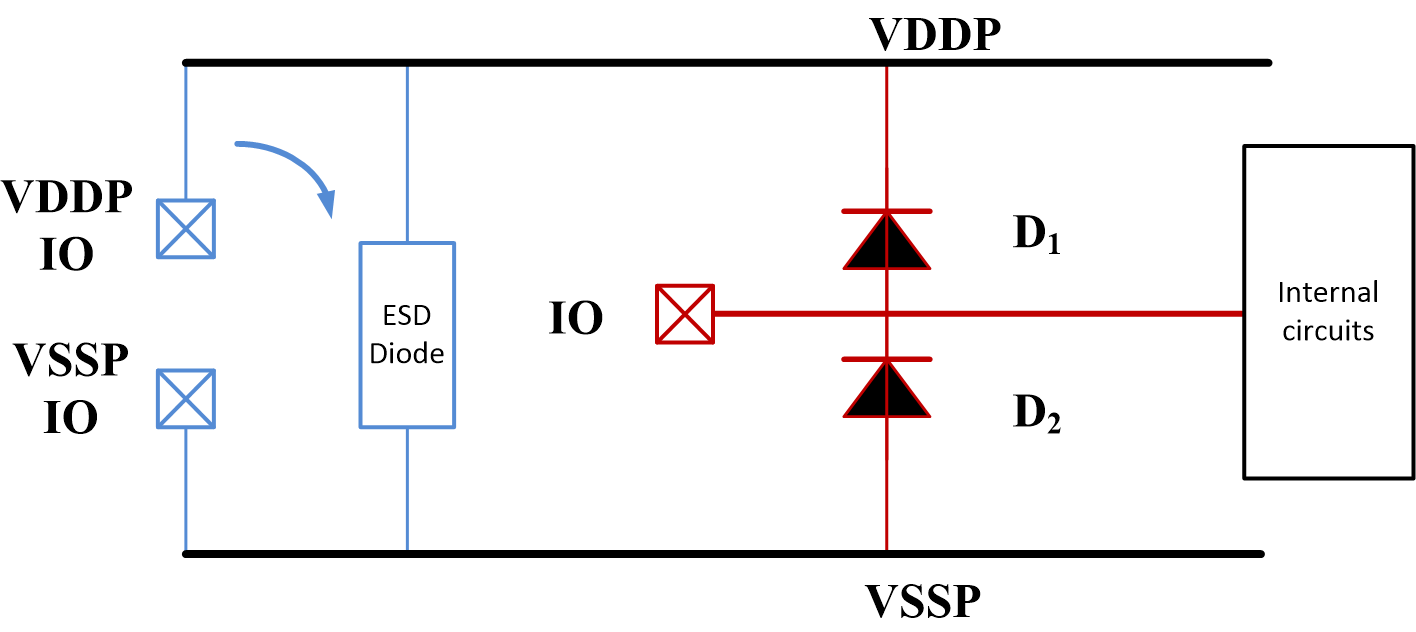

There are three modes of operation for an SCR depending upon the biasing given to it: SCRs can be triggered normally only by a positive current going into the gate as opposed to TRIACs, which can be triggered normally by either a positive or a negative current applied to its gate electrode.Ĭharacteristic curve of a silicon-controlled rectifier charge carriers can flow through them in either direction). can conduct current only in one direction) as opposed to TRIACs, which are bidirectional (i.e. According to Bill Gutzwiller, the terms "SCR" and "controlled rectifier" were earlier, and "thyristor" was applied later, as usage of the device spread internationally. Some sources define silicon-controlled rectifiers and thyristors as synonymous while other sources define silicon-controlled rectifiers as a proper subset of the set of thyristors the latter being devices with at least four layers of alternating n- and p-type material. The SCR was developed by a team of power engineers led by Gordon Hall and commercialized by Frank W. Mackintosh of Bell Laboratories in January 1958. The practical demonstration of silicon controlled switching and detailed theoretical behavior of a device in agreement with the experimental results was presented by Dr Ian M. The principle of four-layer p–n–p–n switching was developed by Moll, Tanenbaum, Goldey, and Holonyak of Bell Laboratories in 1956. The name "silicon controlled rectifier" is General Electric's trade name for a type of thyristor. A silicon controlled rectifier or semiconductor controlled rectifier is a four-layer solid-state current-controlling device.


 0 kommentar(er)
0 kommentar(er)
